4 Winning Steps to Being a Professional Teacher
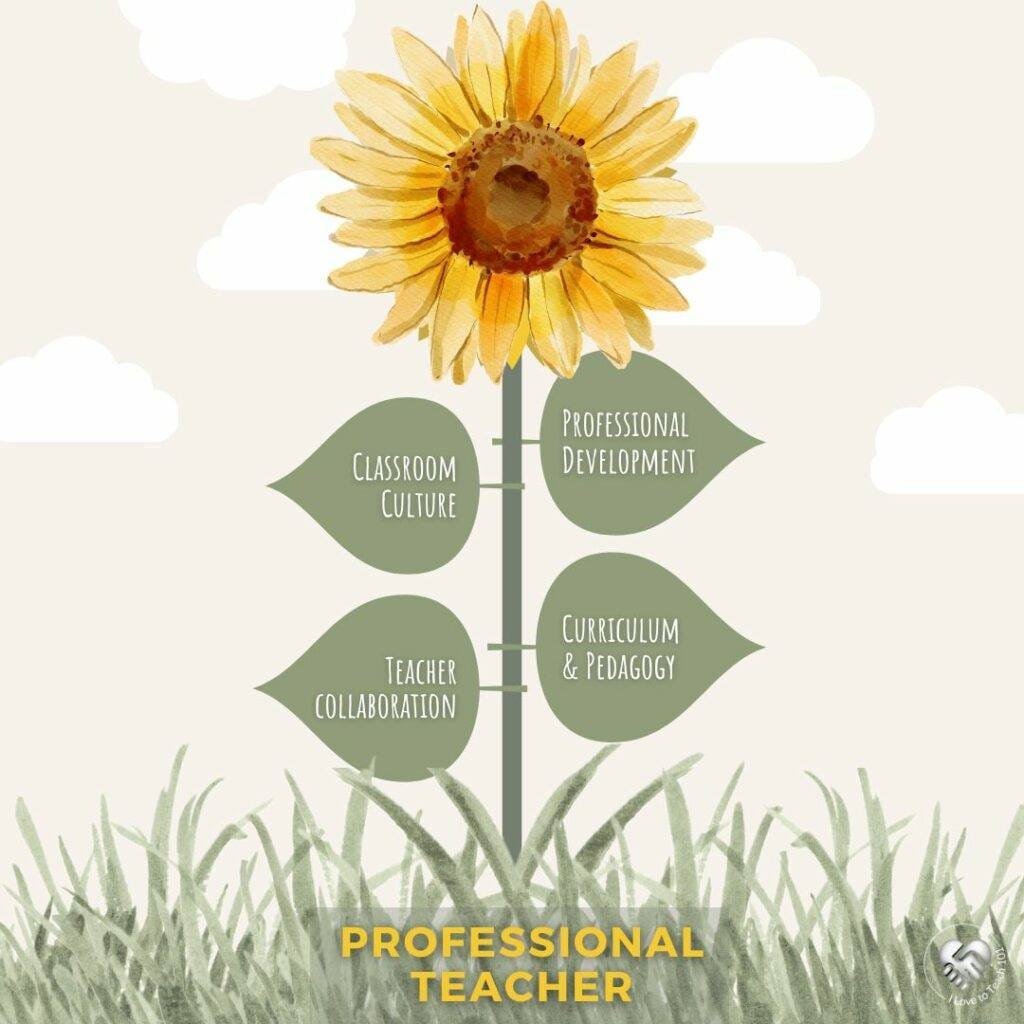
Imagine this: Monday morning, you step into your classroom, the desks perfectly arranged, the day’s objectives clearly displayed, and a new teaching strategy you’ve just learned from a recent workshop ready to be implemented. You’re not just prepared. You’re excited to share this fresh knowledge with eager minds. But then, a flicker of doubt – is this new method going to resonate with your students? Will it make the impact you hope for?
This is where being a professional teacher becomes more than a title. It’s a continuous quest for growth and impact. Each day brings its challenges, but with the right mindset, these challenges transform into stepping stones towards profound professional fulfilment.
We’ll explore four areas that are crucial for enhancing your teaching practice:
Professional Development: Just like the gardener who nurtures their plants, attend to your growth with ongoing learning and reflective practice.
Classroom Culture: Cultivate a calm, organised classroom where routines, professional presentation, and character build trust and support positive learning.
Curriculum and Pedagogy: Sow your seeds wisely—use informed and creative methods to deliver your curriculum with purpose and flair.
Teacher Collaboration: Just as plants thrive best in a supportive ecosystem, so too does your teaching when you collaborate and share knowledge.
To help visualise these concepts, I’ve created this FREE Infographic depicting a blooming sunflower representing your class, supported by its four sturdy leaves of development.
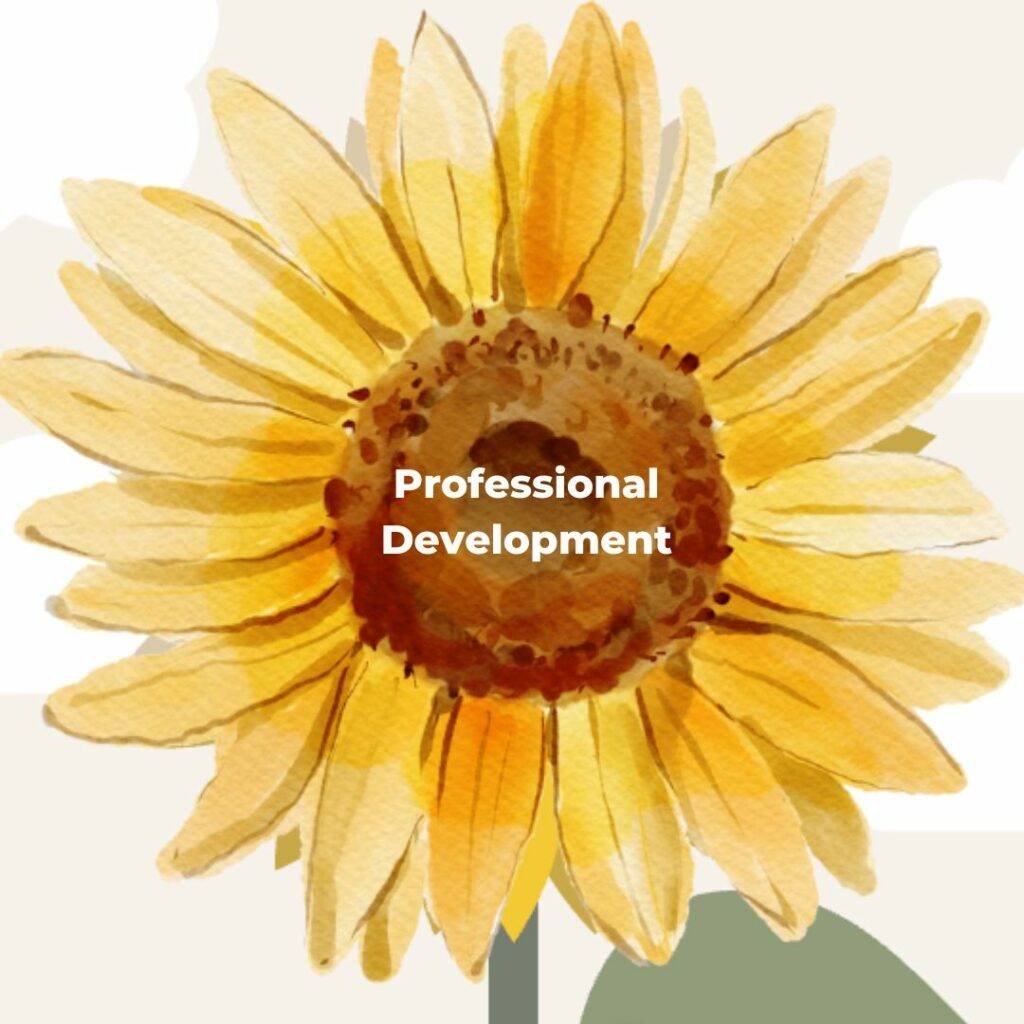
1 – Continual Professional Development (PD)
Embarking on a journey of professional development (PD) isn’t just about clocking in PD hours; it’s about truly engaging with our own growth and embracing the dynamism of the teaching world. It’s about stoking that inner flame of curiosity and passion that first drew us to the chalkboard. As we guide our students through their learning journeys, we must also navigate our own paths of educational exploration and innovation.
Teaching standards as compasses
Teaching Standards may seem formidable at first glance, but they’re actually our allies in the educational landscape. They provide us with a shared language and a scaffold to help us reflect on and enhance our teaching strategies. These standards aren’t just benchmarks; they’re stepping stones to greater understanding and effectiveness. Let’s use them to gauge our progress and guide our professional journey.
The value of continuous learning
In my first teaching year, the West Australian Ed Department introduced us fresh-faced teachers to the power of PD at a conference. There were about eight speakers but there was one that stood out for me. He gave such practical advice but there was one golden nugget that has stayed with me: “Each year, during the school holidays, make it your mission to read at least one educational book.” This habit has kept my teaching methods fresh and exciting, not just for me but for my students as well.
Integrating SEL for Holistic Development
Expanding our teaching toolkit to include Social-Emotional Learning (SEL) is another vital aspect of our professional development. By weaving SEL into our pedagogical approach, we not only sharpen our teaching skills but also significantly enrich our students’ educational experiences. SEL helps cultivate a classroom atmosphere that fosters mutual respect, empathy, and emotional resilience, which are crucial for both academic and personal growth.
Making the Most of PD Days
Yes, PD days can sometimes feel like a detour from our daily teaching routine. Yet, these days are invaluable for broadening our perspectives and discovering new methodologies that can transform our teaching. Let’s approach PD days not as a duty but as a privilege—a chance to step back and enrich our practice with fresh insights and ideas.
By proactively engaging in professional development, we demonstrate our commitment not just to our own growth, but also to the betterment of our students and the broader educational community. It’s about showing up, not just for ourselves but for the generations we teach. Let’s keep the flame of learning alive, always burning brightly, as we lead by example in the lifelong quest for knowledge and excellence.

2 – Cultivate a Positive Classroom Culture
Being a professional teacher isn’t just about what you teach — it’s about the kind of environment you create. Your classroom reflects your values, your systems, and your presence. From the way you present yourself to the routines you build, every choice you make shapes a space where students feel safe, calm, and ready to learn.
A positive classroom culture doesn’t happen by accident. It starts with how you show up each day — organised, consistent, and prepared. It grows through strong relationships, clear expectations, and a well-planned learning environment that supports both you and your students.
Let’s explore the practical ways you can lead with presence, build trust, organise your space, and create routines that work — all while modelling the kind of character and professionalism you want your students to grow into.
Lead with presence and purpose
Let’s talk about how you show up. Dressing professionally signals to your students that you take this seriously and you expect them to do the same. It builds confidence, sets the tone, and shows respect for the learning space.
That doesn’t mean you need a wardrobe overhaul. It’s about finding comfortable outfits that still say, “I’ve got this.” If you’re curvy like me, Pinterest is a goldmine! Try searching teacher fashion plus size work outfits or teacher fashion elementary work. Gents, just search male teacher fashion — there are loads of ideas there too!
A general rule to follow. If it’s skin-tight or clinging a bit too much, maybe leave it for the weekend, not the classroom. Go for outfits that let you move with ease and confidence, while modelling respect for the profession.
Build trust through character
Students can tell when you’re frazzled. They pick up on it faster than you think. Being sorted, reliable, and caring goes a long way toward building mutual respect. Work on developing good character and be the teacher students want to learn from.
Students need to know you’re steady — that you’ve got routines, systems, and clear expectations. But they also need to know that you care deeply. A warm greeting, a moment of listening, or an honest “how are you doing?” builds strong connections. Character isn’t about being perfect. It’s about being consistent and kind.
Create a calm and organised environment
If your classroom’s in chaos, your students will be too. A tidy, well-labelled space helps students focus and feel calm — and it helps you stay on top of everything. I’m a big believer in the power of visual order.
You might like to check out my book, 📘 A Teacher Style Guide to Classroom Organisation by Sylvia Skinner, where I walk you through practical, creative ideas to bring beauty and structure to your space. Or check out this blog post for a quick overview of the book’s ideas.

A great place to start? Classroom rules.
Don’t just stick up a poster of rules and hope for the best. Get your students involved in setting them! Use these FREE Gold Classroom Rules Cards – print and laminate them, and let students write their agreed rules using whiteboard markers. Or you can write them yourself once you’ve decided together. Add some role plays or discussions to make the rules stick, and your students will know exactly what’s expected.
Establish routines that work
Classroom routines are your secret weapon. They reduce the decision fatigue for both you and your students, helping everyone feel more secure and ready to learn. Start with your daily timetable. I use my FREE Floral Schedule Labels with magnetic tape on the back, so I can easily move them around my whiteboard. This visual system helps me stay on track, and it keeps my students focused. When they can see what’s coming up next, there’s less anxiety and more cooperation.
And don’t forget tech!
A digital planner can help you streamline everything, from schedules to resource links. Having it all in one spot makes you a more efficient, prepared teacher — and that professionalism is something students really respond to.
In short, cultivating a positive classroom culture is about how you show up, how you organise, and how you connect. You’re setting the tone for everything that follows — and trust me, it makes all the difference.
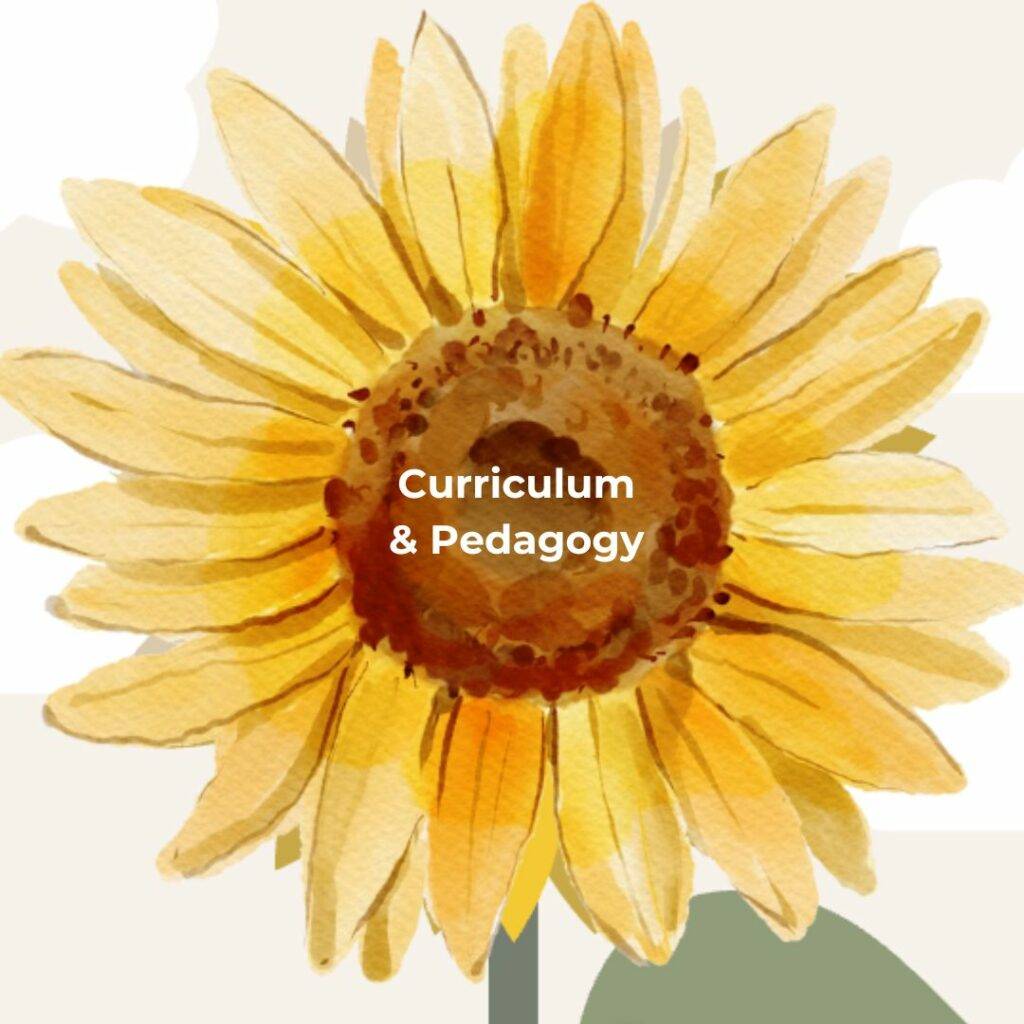
3 – A professional teacher knows curriculum and pedagogy
Being a professional teacher extends far beyond knowing what to teach. It encompasses how effectively you deliver your lessons. Familiarity with the curriculum sets the stage, but the real artistry of teaching lies in how you bring this content to life, making it resonate with your students.
Understanding the curriculum
Grasping the curriculum deeply is fundamental. While it’s vital to know the broad strokes, the true skill lies in tailoring this knowledge to suit the needs of your specific class each year. For instance, in Art, I distil each curriculum standard for K-12 Visual and Media Arts into simplified, digestible objectives. This approach doesn’t just ensure compliance with educational standards. It allows me to infuse creativity and flexibility into my lessons, enabling me to explore new ideas fearlessly.
Innovative delivery techniques
Think of yourself as a master chef in your classroom, where every lesson is a carefully crafted dish designed to captivate and nourish your students intellectually. Use anticipatory sets, or educational ‘appetizers’, to hook them in and whet their appetite for learning. These can be quick, intriguing activities that preview the lesson’s theme, sparking curiosity and setting the tone for the learning to come.
Do we have to integrate technology?
Integrating technology is crucial in modern teaching and goes hand in hand with effective curriculum delivery. Tools like interactive whiteboards and educational apps don’t just make lessons more engaging; they help streamline the delivery and cater to various learning styles. This not only supports classroom management but also enhances the learning experience, making it more dynamic and accessible to every student.
Phonics and literacy development
For primary educators, a robust understanding of phonics and literacy is crucial. Implementing a structured phonics program lays a strong foundation for reading and writing. Over the years, whether teaching abroad where English is a fourth language, or at home, I’ve used the Letterland stories phonics system with great success. It transforms abstract letters into relatable characters, which boosts the reading skills of students across various linguistic backgrounds.
You don’t need one perfect phonics programme — it’s how you use it that counts.
The Letterland ‘Sh’ phonic story in this YouTube is one of my favourites and my students.
How easily do you adapt to teaching challenges?
Being adept at curriculum delivery also means being flexible enough to handle unexpected classroom interruptions without losing stride. Every disruption can be turned into a teachable moment with the right approach. Whether it’s integrating a real-world event into a lesson or using an interruption as a springboard for discussion, these are the moments that test and ultimately showcase your pedagogical skill and creativity.
Proactive curriculum engagement
Finally, engaging with the curriculum is an ongoing process that extends beyond initial training. It involves regular updates through professional development workshops, peer collaboration, and staying informed about the latest educational research. This proactive engagement helps you stay relevant and effective, ensuring that you can provide the best possible educational experience for your students.
In essence, knowing your curriculum and how to effectively teach it forms the cornerstone of a professional teacher. It enables you to deliver educational content in a way that is both engaging and transformative, ensuring that your teaching makes a lasting impact on your students’ academic journey.

4 – A professional teacher collaborates with colleagues, parents and the community
As a professional teacher, your role stretches beyond delivering lessons. It encompasses fostering strong, supportive networks with colleagues, parents, and the broader community. These relationships are crucial, enhancing the educational experience and creating a collaborative atmosphere for everyone involved.
Open communication with parents
Kick off the school year on a positive note by establishing clear communication channels with parents. Using a ‘Meet the Teacher’ template can give parents a warm introduction to your educational philosophy and objectives for the year. I have a free set you’re welcome to download. Share this through platforms like your teacher’s website, Class Dojo, Google Classroom, or Artsonia (an online art gallery for school student art), to ensure it reaches your students’ parents at the start of the term.
It’s amazing how much easier your job gets when you can count on the support of parents from the beginning. Having parents in your corner from Day one is like having an extra assistant – without having to actually hire one. This early communication sets the stage for a cooperative relationship and demonstrates your proactive approach to involving parents in their children’s education.
Grab my FREE set of ‘Meet the Teacher Editable Templates’, to streamline communication with parents and kick off the school year with a strong, supportive network. Customise to align with your teaching style and objectives.
Engaging with the Broader Community
Engagement with the community is another pillar of professional teaching. Actively participating in local events, such as school fetes or community service projects, can profoundly enrich students’ educational experiences.
For instance, one year, my Year 5 students and I spent a day tending the large overgrown garden of an elderly community member. This was not only a lesson in biology and environmental science but also in empathy and social responsibility. Projects like these show students the impact they can have in their community and help cement learning in real-world contexts.
Observation and Shared Learning
Peer observation is a valuable tool for professional development. If possible, spend some of your non-contact time observing colleagues in their classrooms. This can be an enlightening experience, offering new perspectives on classroom management, teaching strategies, and how to organize learning materials effectively. Always ask for permission to observe, and enter the experience with an open mind, ready to learn and take notes.
When I started a primary school overseas, a young school leaver was adamant about observing my teaching. After she pleaded with me five times, I relented. After several months of watching me, she decided to become my first student teacher. Now, she’s a hot commodity in the teaching world, with other student teachers lining up to observe her.
Supporting new teachers
If you’re more experienced, take the opportunity to support newer teachers who may be struggling with the demands of the profession. Offer guidance, share resources, or simply provide a listening ear. Remember, collaboration is not just about improving your own skills—it’s about uplifting the entire teaching community. Sharing your experiences and insights can help foster a nurturing environment where all educators feel valued and supported.
As a professional teacher, you’ve learnt over time how to handle the stresses and responsibilities that come with the job. New teachers, can often feel completely overwhelmed and unsure about what to do. Sadly, new teachers and even some seasoned ones want to appear prepared and in control.
Not many teachers will openly ask for help. It’s like shouting, “I don’t know what I’m doing!”

Collaboration is the C that’s missing
That’s why teacher collaboration is the best thing we can do for each other. Unless you’re a social butterfly, you might hesitate to ask questions. If you’re anything like me, you don’t want to bother anyone, or you don’t want to look foolish. But you’ve got to push past those thoughts and just ask.
The power of collaboration
Finally, don’t underestimate the power of collaboration. Whether it’s through face-to-face meetings, online forums, or professional learning communities, actively seeking and sharing knowledge with others can lead to significant professional growth and innovation. Engage in discussions, ask questions, and share your successes and challenges. By doing so, you contribute to a vibrant, supportive network that enhances the professional development of all educators involved.
Collaboration helps you learn how other teachers tackle tricky situations or grade assignments. We encourage our students to ask questions, so why shouldn’t we teachers do the same? If you’re worried about being a nuisance, why not jot down a list of questions in Google Keep? Then, when the chance arises, just pop a few questions. Sharing expertise is part of being a professional teacher, so you’re not bothering anyone.
By focusing on these aspects of collaboration, you reinforce your role as a professional teacher and demonstrate a commitment to continuous improvement and community engagement. This holistic approach not only benefits your students but also enhances your own professional satisfaction and growth.

Being a professional teacher
Your journey to becoming a professional teacher may seem daunting, but remember, it’s achieved one step at a time. Envision yourself confidently managing your classroom, seamlessly delivering the curriculum, and connecting with every student.
That’s the power of a professional teacher. It’s not just about the lessons you teach. It’s about the lasting impact you make.
Let your passion be the light that guides you. Every day presents a new opportunity to influence, uplift, and implement practices that make a difference.
So take a deep breath, step into your classroom with confidence, and remember:
💛 You’re not just teaching.
🌱 You’re touching lives.
🌻 You’re shaping futures.
👩🏫 You are a professional teacher
🎥 One More Thing
Before you go, I’d love to share one of my favourite TED Talks with you. Azul Terronez has spent decades asking students one simple but powerful question: “What makes a good teacher great?” The answers — “Good teachers eat apples,” “A great teacher sings,” and “A great teacher learns with us” — are both funny and deeply moving. But more than that, they highlight what students really value: teachers who are calm, kind, creative, and willing to listen.
It’s a perfect reminder that being a professional teacher isn’t about perfection, it’s about being human. Watch the video below. It’s one of those videos that stays with you long after it ends.
Want to keep growing?
If you’re ready to take the next step, explore further professional development opportunities or share your journey with others.
📥 Here’s a FREE poster to help you get started:
Download the FREE Professional Teacher Infographic
📖 Explore more blog posts on teaching success:
Stay Organised: 7 Smart Ways to Do It
How to Build a Simple Teacher Blog for an Organised Classroom
Why Grouping by Ability is Not Drop-Dead Successful
🎁 Join the ILTT Tribe:
For FREE classroom resources and inspiration
📚 Further Reading:
M. S. & J. M. Tichenor (2005). Understanding Teachers’ Perspectives on Professionalism, Stetson University.

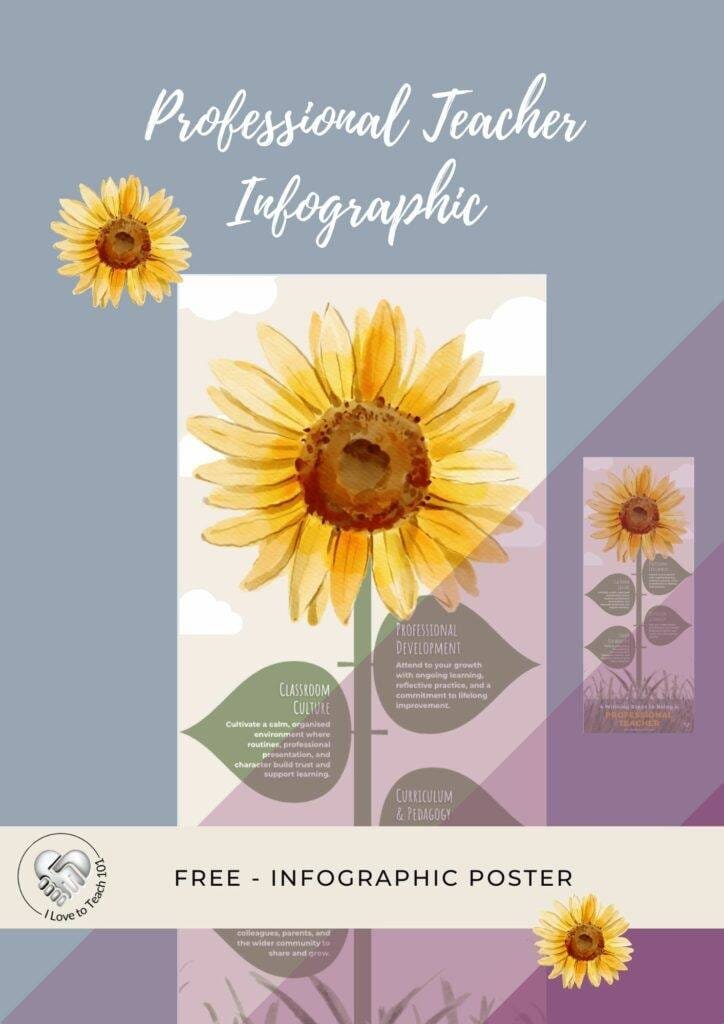
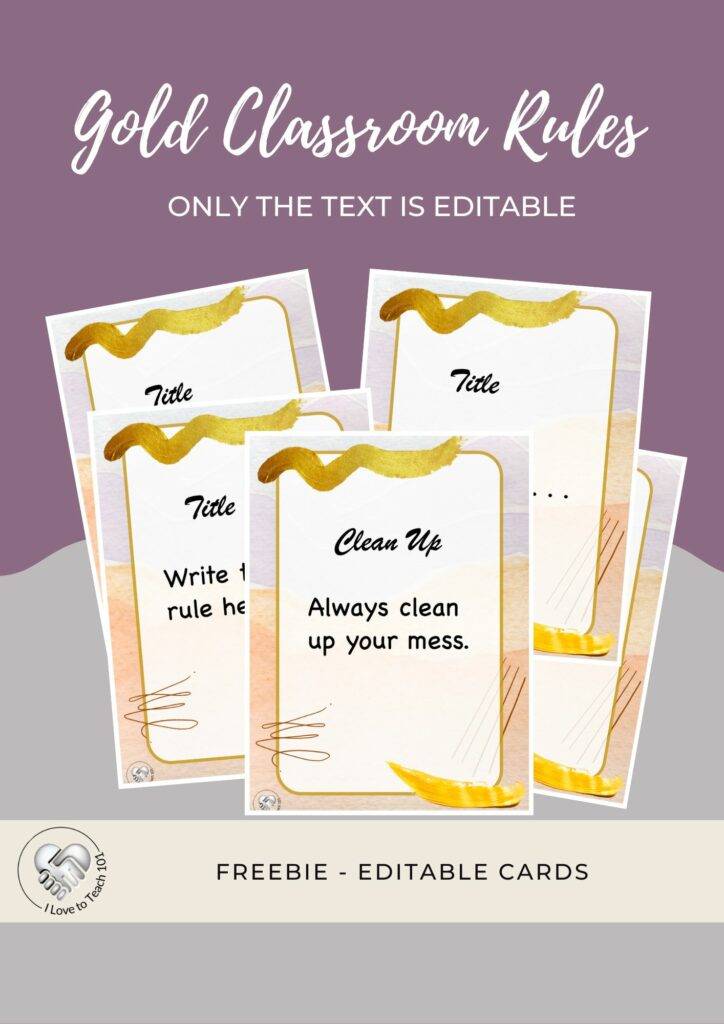

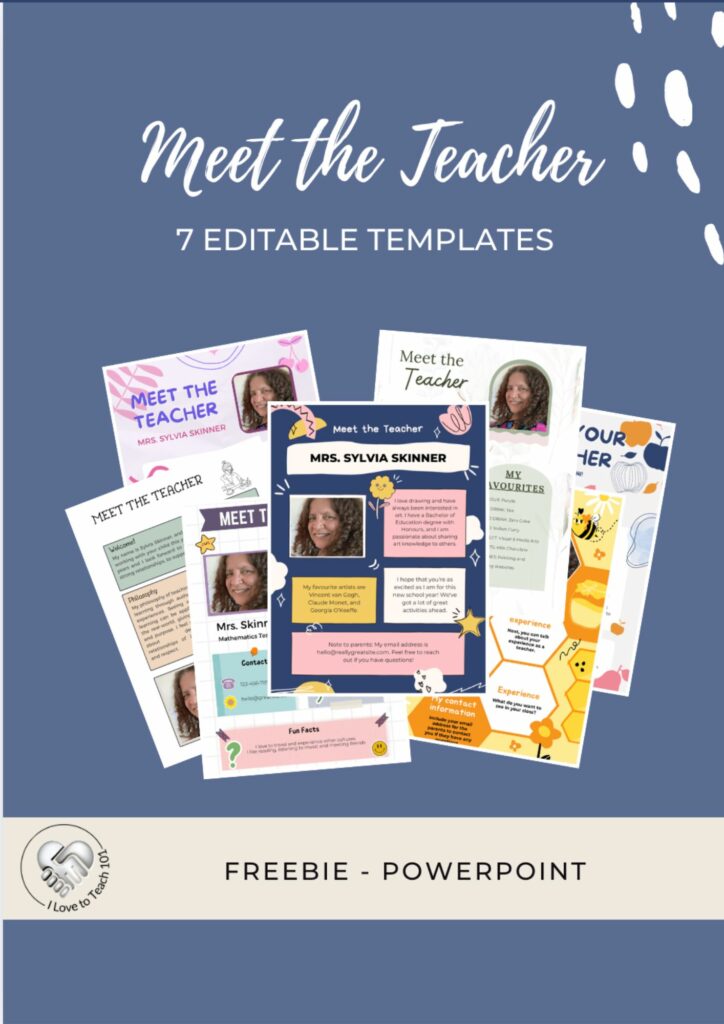
I have always believed being well-dressed and looking professional not only helps you become better respected but you just feel more confident about yourself and your abilities. Always try to look your best no matter what!
Yes, yes, yes! The students take better care of themselves too when they see their teacher does. We lead by example.